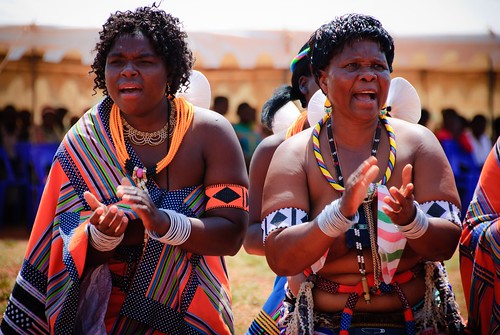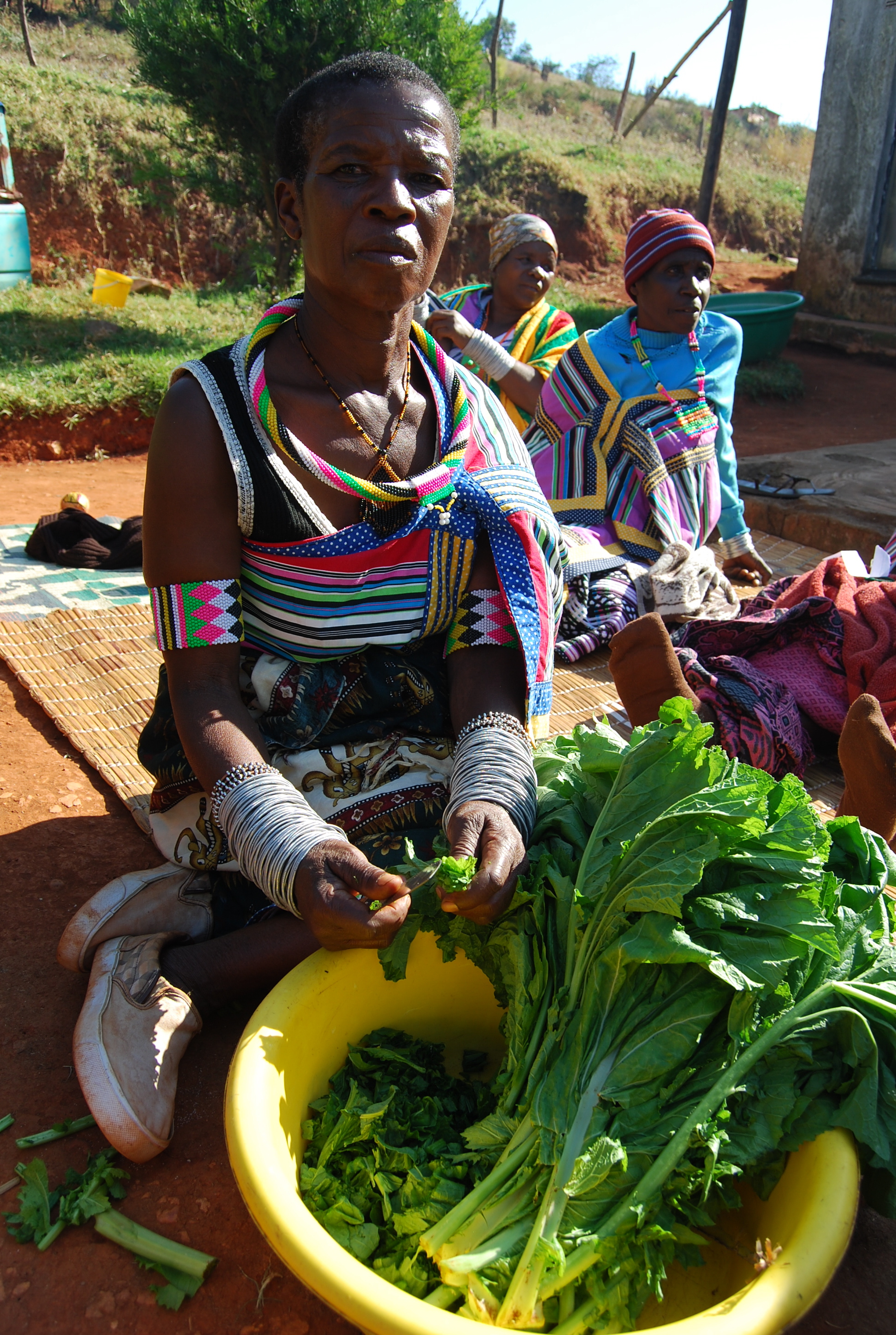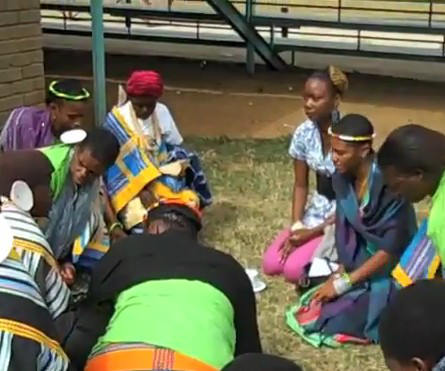 The Vhavenda people are located on the North and West of Makhado in the Limpopo province of South Africa. The region they inhabit borders Zimbabwe and it is where the Shashe and Vhembe rivers meet. The word Vhavenda and Venda are used interchangeably when referring to the Vhavenda people, however the word Vhavenda better describes the people, whilst Venda refers more to the language.
The Vhavenda people are located on the North and West of Makhado in the Limpopo province of South Africa. The region they inhabit borders Zimbabwe and it is where the Shashe and Vhembe rivers meet. The word Vhavenda and Venda are used interchangeably when referring to the Vhavenda people, however the word Vhavenda better describes the people, whilst Venda refers more to the language.
The Vhavenda are one of many tribal groups within South Africa, and despite their language being recognised as one of the eleven official languages of South Africa, their main aim is to establish their traditional leaders as the local authorities of their territory with legitimate jurisdiction. To date their chiefs and leaders do have influence amongst their people, but since their re-integration into South Africa, and loss of homeland status in 1994, they are now governed by the State law of South African government. The division of South Africa into nine provinces in 1994 saw the Vhavenda incorporated into what was first known as the Northern Transvaal, then later the Northern Province, and today is known as the Limpopo Province.
The history of the Vhavenda began with their migration from central Africa southwards to South Africa where by the 9th century they had established the Mapungubwe Kingdom. Studies reveal King Shiriyadenga to have been the first king of those people from Mapungubwe and the Venda, who subsequently united to form the Vhavgona/Vhavenda.
From the 18th century, the presence of other peoples, specifically Europeans, directly threatened the traditional and ancestral legacy of the Vhavenda people. Much of their land was seized through a series of violent confrontations, and transformed into land for farming.
By 1979 the Vhavenda homeland opted for political independence within the framework of apartheid laws, this decision created the Republic of Venda, a Republic only recognised by the South African government and other homelands (Bantustans) but not as equals. Because their land was designated a homeland, they were mostly unaffected by the political and social changes imposed by the apartheid government and were thus able to live their lives very much undisturbed, however they remained isolated.
Despite the formal end to discriminatory practices towards non-whites in South Africa after apartheid, the Vhavenda continue to experience a new form of discrimination. Sacred sites of Vhavenda remain unprotected. The holy forests are exploited by the government without any form of consultation with Vhavenda indigenous people; the 20th century construction of a copper mine in Musina is a poignant example.
The Vhavenda culture is a hybrid of different cultures, with their closest affiliation being the Shona people of Zimbabwe, but also to the Lemba, Lobedu and North Sotho. Other major influences are by the Tsonga, Lobedu, Zulu, Swazi and others.
The Venda’s overall population is estimated at 720,000 people
Unrepresented Nations and Peoples Organization




